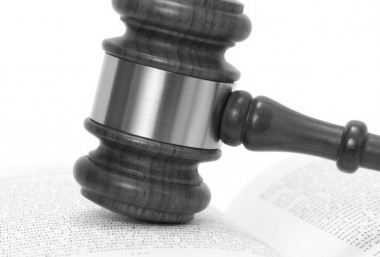Last year, the full Federal Court of Australia ruled that AstraZeneca's patent relating to Crestor (a cholesterol-lowering drug) was invalid due to lack of inventive step. AstraZeneca appealed to the High Court.
The questions before the Court were:
- what is the appropriate starting point for assessing inventive step?
- how should the selection of a single document for inventive step be treated?
An answer to the first question was considered so significant that the Commonwealth was granted leave to intervene in this case. However, the High Court decided it was not necessary to consider this issue to determine the question of obviousness.
Instead, the High Court felt that the central issue was the construction of ss 7(2) and 7(3). In particular, whether the person skilled in the art referred to in s7(2) was permitted to have regard to more than one document when deciding whether there is a single document within the meaning of s7(3), which discloses prior art that in the light of common general knowledge renders an invention obvious?
Sections 7(2) and 7(3) of the 1990 Act have been amended since, but set out the conditions upon which an invention would not be taken to involve an inventive step when compared with the prior art base applicable at the time:
7(2)
For the purposes of this Act, an invention is to be taken to involve an inventive step when compared with the prior art base unless the invention would have been obvious to a person skilled in the relevant art in the light of the common general knowledge as it existed in the patent area before the priority date of the relevant claim, whether that knowledge is considered separately or together with either of the kinds of information mentioned in subsection (3), each of which must be considered separately.
7(3)
For the purposes of subsection (2), the kinds of information are:
(a) prior art information made publicly available in a single document or through doing a single act; and
(b) prior art information made publicly available in 2 or more related documents, or through doing 2 or more related acts, if the relationship between the documents or acts is such that a person skilled in the relevant art in the patent area would treat them as a single source of that information; being information that the skilled person mentioned in subsection (2) could, before the priority date of the relevant claim, be reasonably expected to have ascertained, understood and regarded as relevant to work in the relevant art in the patent area.
Under Australian law of the time, the skilled person was only allowed to consider one document in combination with the common general knowledge. However, the High Court held that there is nothing in ss7(2) or 7(3) which precludes the skilled person from looking at more than one document (whether sequentially or comparatively or otherwise) for the purposes of determining the relevance of any single document. Instead, a comparative assessment of the prior art information against other located publications is permitted for the purpose of determining whether the relevant requirement under s7(3) is satisfied. Such a comparative assessment is not permitted when applying the obviousness test under s7(2). In other words, the process involved in identifying prior art document plays no role in the determination of obviousness.
This conclusion makes sense. Otherwise, any time a search for prior art information turned up more than one document none of them could qualify as relevant to the problem. It may also be noted that this type of situation is unlikely to arise under the current law as the requirement that the person skilled in the must have ascertained, understood and regarded the document as relevant has been removed. Further, the obviousness test has changed, and now allows the combination of the common general knowledge with a combination of documents.
Accordingly, the High Court upheld the decision of the Federal Court and dismissed the appeal.






